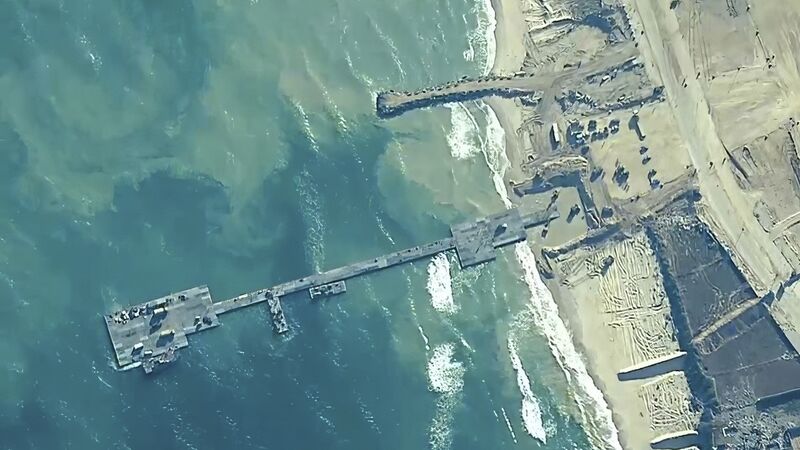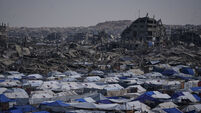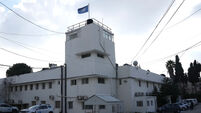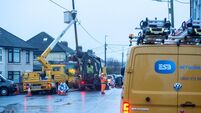First deliveries of aid for Gaza Strip move across newly-built floating pier

Trucks carrying badly-needed aid for the Gaza Strip have rolled across a newly-built US floating pier into the besieged enclave for the first time.
The Friday shipment is the first in an operation that American military officials anticipate could scale up to 150 truckloads a day entering the Gaza Strip as Israel presses in on the southern city of Rafah as its seven-month offensive against Hamas rages on.














